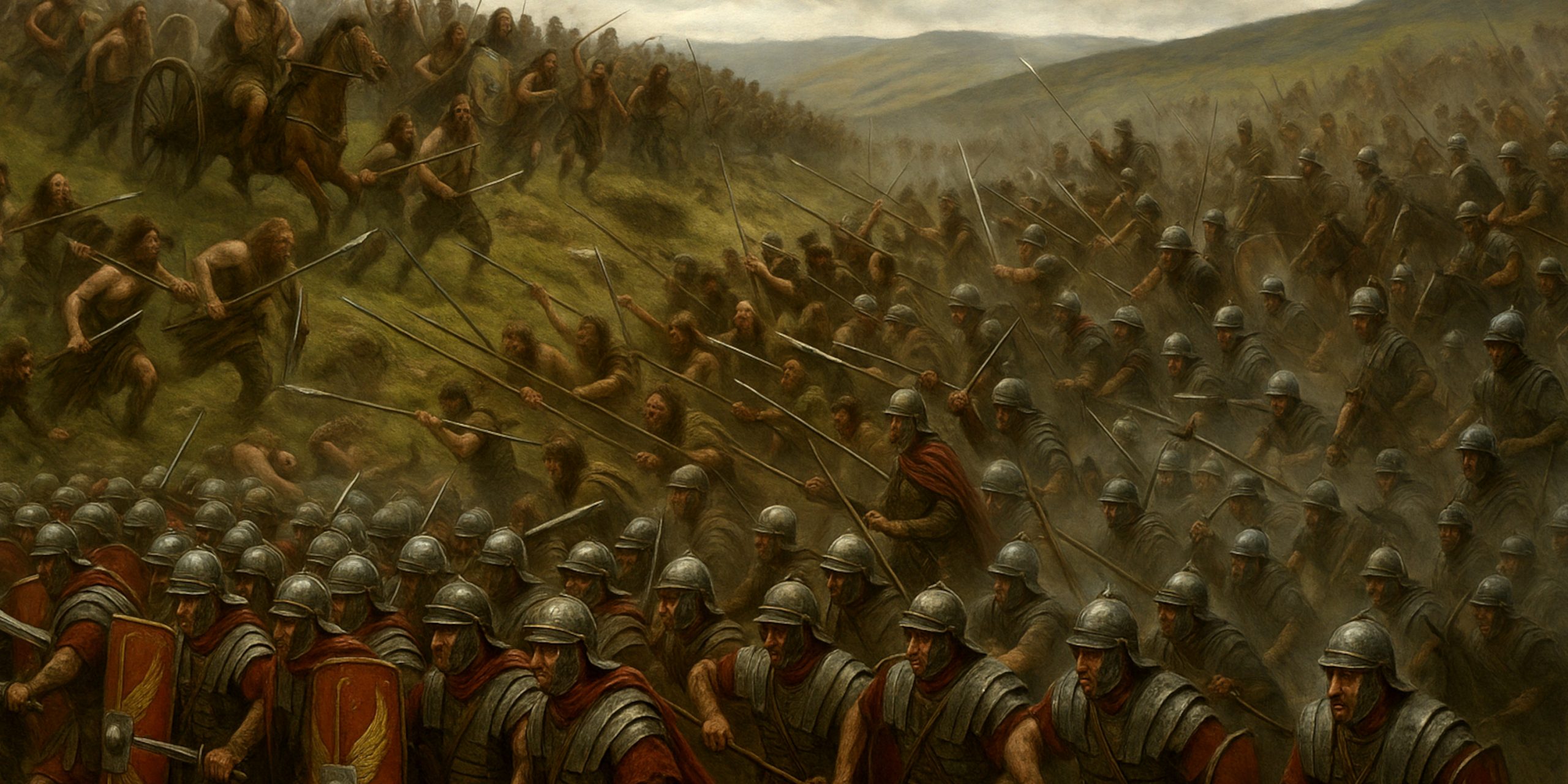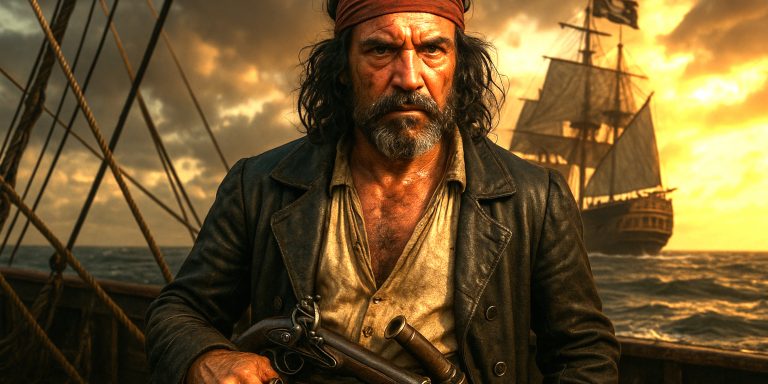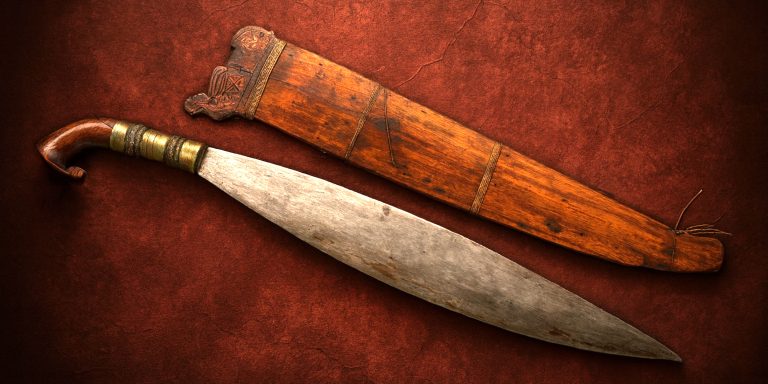
The Battle of Mons Graupius, fought around AD 83 in northern Scotland, was the climactic confrontation between the Roman army under Gnaeus Julius Agricola and the tribes of Caledonia led by Calgacus. Recorded by Tacitus in his Agricola, the encounter represented the high-water mark of Roman expansion into Scotland, though its exact location remains disputed.
Background
By the early 80s AD, Rome had advanced deep into modern Scotland. Agricola, governor of Britain and son-in-law of Tacitus, had already secured southern and central Scotland through a combination of forts, campaigns, and coastal control. The Caledonian tribes, resisting Roman encroachment, gathered a large force under the leadership of Calgacus, a chieftain remembered in Tacitus’ account as a fierce opponent of Roman imperialism.
Forces
Ancient sources give only broad numbers, but Tacitus describes the Caledonian host as vast, while Agricola deployed a carefully organised Roman force. Modern estimates suggest the Romans fielded around 17,000 men against as many as 30,000 Caledonians.
Comparative Forces Table
| Side | Estimated Strength | Leaders | Composition |
|---|---|---|---|
| Roman Empire | c. 17,000 | Gnaeus Julius Agricola | 8,000 auxiliaries, 3,000 cavalry, c. 6,000 legionaries held in reserve |
| Caledonians | c. 30,000 | Calgacus | Tribal infantry, chariots, lightly armed skirmishers |
Leaders and Troop Composition
Roman Empire
- Commander: Gnaeus Julius Agricola
- Auxiliaries: Predominantly Batavians and Tungrians, known for disciplined close combat.
- Cavalry: Germanic horsemen and local auxiliaries.
- Legionaries: Elite Roman heavy infantry held back to ensure reserves.
Caledonians
- Commander: Calgacus, described by Tacitus as the voice of resistance.
- Infantry: Large tribal levies armed with spears and round shields.
- Chariots: Used for mobility and disruption, though vulnerable to disciplined infantry.
- Skirmishers: Lightly armed fighters using javelins and slings.
Arms and Armour
Roman
- Swords: The short gladius (Pompeii type) remained the standard infantry weapon.
- Spears and Javelins: Pilum for legionaries, lighter javelins for auxiliaries.
- Armour: Segmentata for legionaries, mail (lorica hamata) and scale (lorica squamata) for auxiliaries.
- Shields: Large curved scuta.
Caledonians
- Swords: Long slashing swords, often of native ironwork, less standardised than Roman steel.
- Spears: Principal weapon for massed tribal charges.
- Armour: Minimal; most fighters wore tunics and cloaks, with chiefs possibly in mail or leather.
- Shields: Small round wooden shields, sometimes with bronze fittings.
Battle Timeline
- Pre-battle speeches: Tacitus records both Agricola and Calgacus addressing their troops, framing Rome as conquerors and the Caledonians as defenders of freedom.
- Initial skirmishes: Caledonian chariots and light troops harassed the Roman line.
- Auxiliary advance: Batavian and Tungrian infantry engaged, fighting uphill against massed Caledonian warriors.
- Cavalry engagement: Roman cavalry clashed with Caledonian riders and routed them.
- Breakthrough: Roman auxiliaries pushed the tribes back, while the legionaries remained uncommitted.
- Collapse: Caledonian resistance faltered; Tacitus claims 10,000 tribesmen killed for 360 Roman losses.
Contemporary Quotes
Tacitus places stirring words in the mouth of Calgacus:
“Robbers of the world, having exhausted the land, they scour the sea. They plunder, they butcher, they ravish, and call it empire; and where they make a desert, they call it peace.”
On Agricola’s men:
“Let not the glory of victory fall to the legions; to us will belong the credit of the day.”
Archaeology
The exact site of Mons Graupius is unknown. Suggested locations include Bennachie in Aberdeenshire, the Grampian Mountains, and sites near Raedykes or Megray Hill. No confirmed battlefield finds exist, but Roman marching camps in Aberdeenshire suggest large-scale operations. The debate remains one of the great archaeological mysteries of Roman Britain.
Legacy
Though Agricola won a decisive tactical victory, Rome never permanently secured northern Scotland. The battle marked both the height of Roman penetration into Caledonia and the resilience of local tribes. Within a few decades, Rome withdrew to the Forth–Clyde line and later built Hadrian’s Wall, abandoning ambitions of full conquest.
The Seven Swords Takeaway
The Battle of Mons Graupius stands as one of the best-documented clashes in Roman Britain. While Tacitus’ account remains our only source and may exaggerate Roman success, it captures a moment when the imperial machine clashed with tribal defiance at the edge of the known world.
Watch the documentary:



